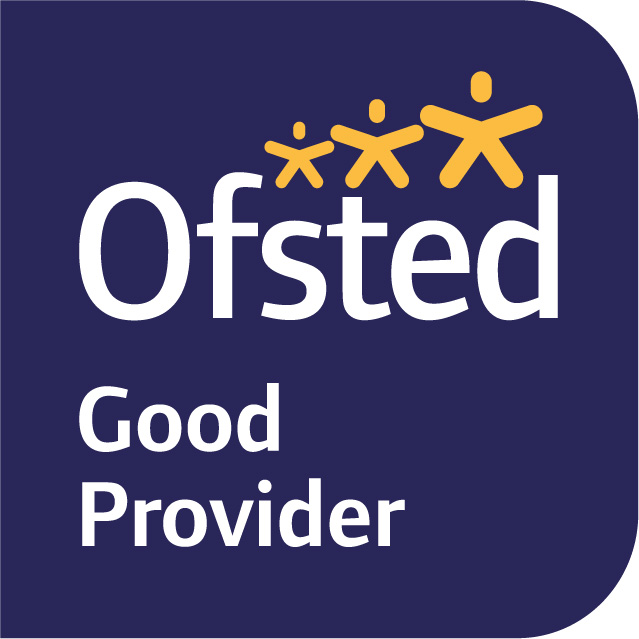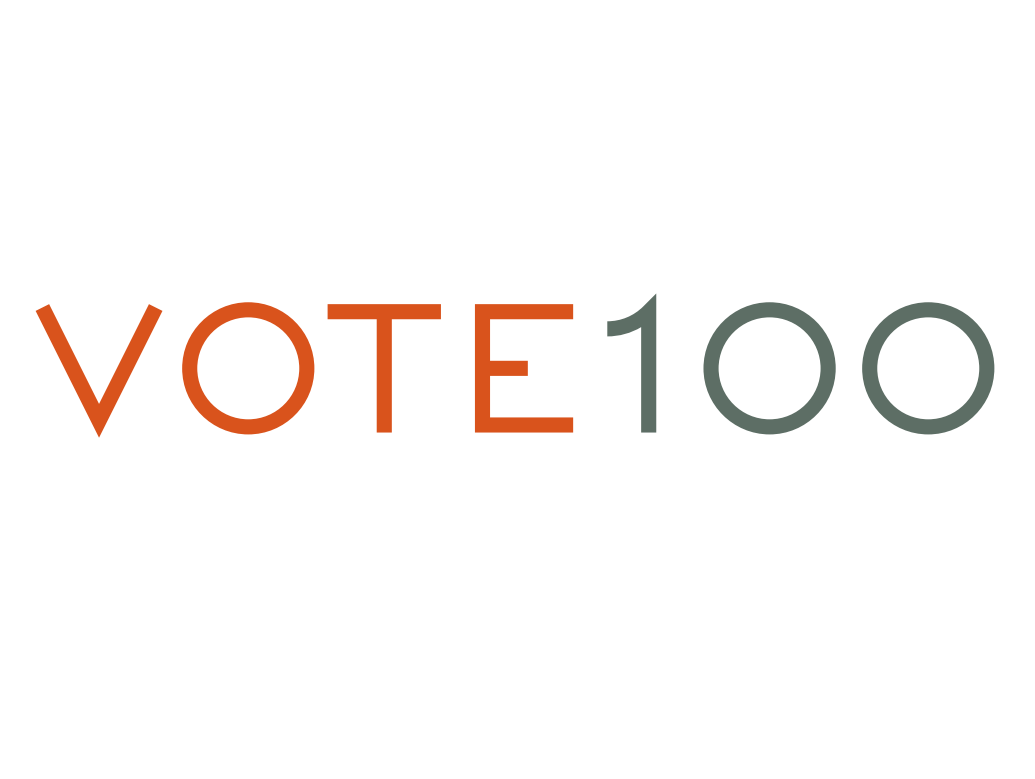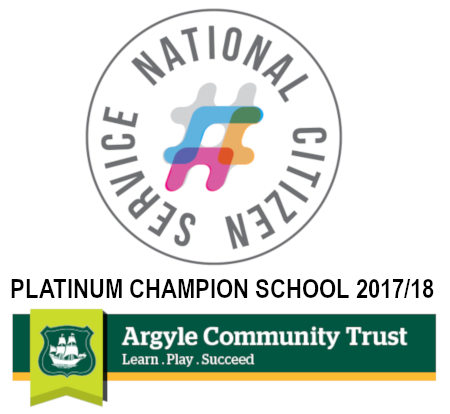Head of Department
Mr T Ashley, BA (Hons)
A Level Course Outline
This is essentially a Linguistics course and very different from GCSE English language. It explores language use, and how people are represented through the language they use. It blends practical and theoretical approaches to language study. In addition, there is some opportunity for students to create their own texts and broaden their writing skills. Reading is focussed around varieties of language and will include, for example, academic textbooks, media articles on language, adverts, extracts from novels and the back of a cornflakes packet! Students will become researchers, exploring how the everyday language they encounter is used, and they will record and explore this in their scrapbooks. The course explores language diversity, so it is important to be politically/socially aware. Key skills that will be developed are close analysis of a range of texts, research, developing writing skills (essays, articles and creative), communication, working with others and improving your own learning and performance.
Higher Education and Career Opportunities
English language is recognised for most subject-specific courses, such as linguistics, and humanities based courses at university. Please see the Sixth Form Team for fuller information on careers and higher education. More specifically, successful completion may lead to careers in journalism, PR work, teaching, speech and language therapy, as well as being ideally suited for law and politics. English language can also support more STEM based courses.
Course Content
|
Examination Board |
AQA |
Full details of the specification and assessment criteria can be found on the AQA website |
|---|---|---|
|
A Level |
Unit 1 |
Section A: 3 questions responding to and analysing 2 texts from different time periods Section B: An essay on the language acquisition of children. |
|
|
Unit 2 |
Section A: An essay on either language diversity or language change/world languages Section B: An analysis of 2 media articles on language issues; a written persuasive or informative article for a newspaper based on the same topic. |
|
|
NEA |
A 2,000 word investigation into a language topic of the student’s choice. An original writing piece and analysis (total together – 1,500 words). Writing to inform, or persuade or to create. |










